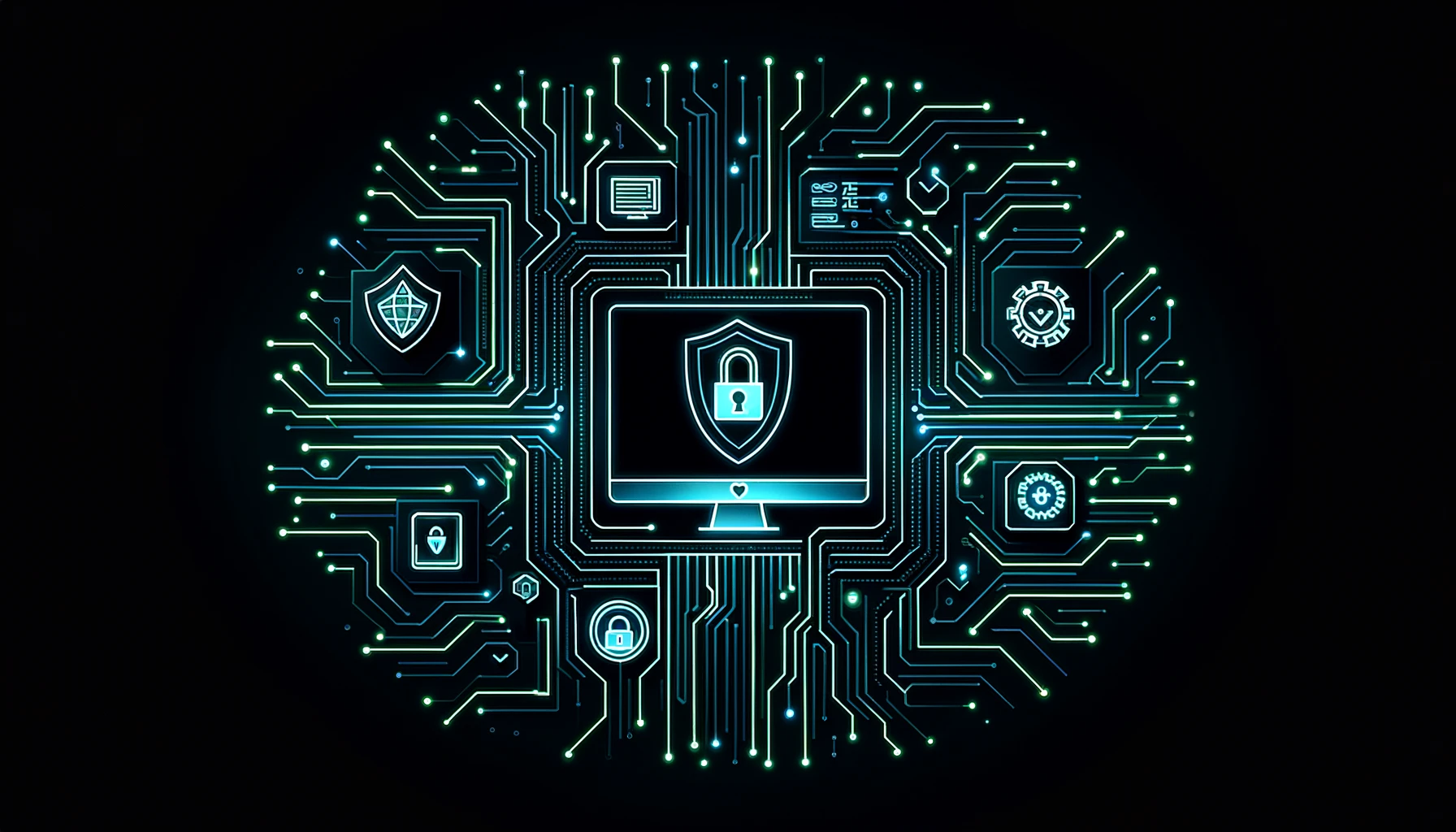Cloud Security Posture Management (CSPM): Your Guide to a Secure Cloud Infrastructure

Cloud Security Posture Management (CSPM) is an automated solution that enables companies to continuously check their cloud infrastructure for security risks and misconfigurations.
In this article, you will learn why traditional on-premise security approaches often fall short in dynamic multi-cloud environments and how CSPM helps ensure compliance with regulatory requirements.
We will show you how CSPM tools assess risks, issue alerts, and initiate automated corrective actions to optimize your cloud security posture.
In Short
- Cloud Security Posture Management is an automated solution for monitoring and correcting security configurations in cloud environments.
- Traditional on-premise security measures are not sufficient for dynamic, complex multi-cloud architectures. CSPM addresses these challenges by identifying risks and security gaps in the cloud infrastructure.
- CSPM tools continuously scan the cloud, record all cloud assets, and configure security policies to detect risks and misconfigurations, initiating automated corrective actions.
- By increasing transparency, improving compliance monitoring, and enabling efficient automation, CSPM reduces cloud security risks, minimizes misconfigurations, and optimizes collaboration among IT, DevOps, and security teams.
- Successful CSPM solutions are integrated into existing SIEM, DevOps, and SecOps processes, employing benchmarking standards (e.g., CIS benchmarks) and prioritizing critical risks.
What is CSPM (Cloud Security Posture Management)?
Cloud Security Posture Management (CSPM) refers to the automated monitoring of the cloud security posture. It is designed to identify misconfigurations in the cloud infrastructure and remedy security risks.
CSPM is a crucial tool for companies that want to secure their cloud architectures—from IaaS to PaaS, SaaS, and containerized applications.
These CSPM solutions offer comprehensive monitoring of cloud assets and support compliance with regulatory requirements, which is essential for modern cloud environments and multi-cloud architectures.
Why is CSPM Necessary?
Modern cloud environments are extremely dynamic and complex. The shared responsibility between cloud providers and users means that companies are responsible for proper cloud configurations and the protection of data and applications—while traditional on-premise solutions like firewalls and IDS/IPS are often not enough.
Misconfigurations in cloud architectures can lead to data breaches, compliance violations, and significant financial as well as reputational damage. These configuration errors often arise from the lack of oversight over the numerous cloud resources in multi-cloud environments or hybrid networks.
How Does CSPM Work?
CSPM tools operate in an automated fashion and provide continuous monitoring of the entire cloud infrastructure. The key steps in the process are as follows:
Features of CSPM
CSPM offers a range of core functions that help companies improve their cloud security posture:
- Transparency & Visibility:
A centralized dashboard provides a complete overview of all cloud resources and configurations, uncovering any blind spots. - Compliance Monitoring:
CSPM tools continuously check the adherence to security policies and regulatory standards such as HIPAA, GDPR, or PCI DSS – essential for compliance monitoring in modern cloud environments. - Incident Response & Reporting:
Automated alerting and detailed log generation ensure that incidents are quickly detected and documented, so security teams can respond immediately. - Automated Risk Assessment:
Risks are contextualized and prioritized, allowing critical cloud security risks to be addressed immediately.
Benefits of CSPM
The use of CSPM brings numerous benefits to companies:
- Increased Transparency:
With CSPM, companies obtain a complete overview of all cloud assets. This visibility helps avoid undiscovered misconfigurations and better manage the cloud infrastructure. - Reduction of Security Risks:
Early identification and automated remediation of configuration errors significantly reduce potential security risks. - Enhanced Efficiency & Cost Savings:
Automated processes minimize manual effort, accelerate incident response, and enable efficient management of cloud security posture. - Improved Compliance:
Continuous compliance monitoring ensures that internal security policies and legal regulations are met – resulting in fewer compliance violations and associated penalties. - Optimized Collaboration:
A centralized source of information supports collaboration among IT, DevOps, and security teams, ensuring that all cloud security measures are monitored and managed uniformly.
Differences from Other Cloud Security Solutions
- Comparison to Older Approaches:
Earlier solutions like the Cloud Infrastructure Security Posture Assessment (CISPA) focused mainly on reporting. In contrast, CSPM offers a proactive, automated approach. - Differentiation from CWPP & CASB:
While Cloud Workload Protection Platforms (CWPPs) specifically focus on protecting workloads and Cloud Access Security Brokers (CASBs) control data traffic, CSPM covers the entire cloud configuration and security posture. - Integration into Comprehensive Security Strategies:
CSPM is often part of an all-encompassing security concept, such as CNAPP, which integrates various cloud security solutions to provide unified protection for cloud services and applications.
Best Practices for Implementing CSPM
To successfully implement CSPM within an organization, the following best practices should be considered:
- Integration into Existing Processes:
CSPM should be seamlessly integrated into SIEM systems, as well as DevOps and SecOps workflows, to enable centralized management of the cloud security posture. - Utilization of Benchmarking Standards:
Companies should apply standards such as the CIS Benchmarks to systematically evaluate cloud configurations. - Prioritization of Critical Risks:
Automated corrections should address less critical issues, while high-priority risks are communicated through targeted alerts to security teams to avoid alert fatigue. - Continuous Monitoring:
The CSPM solution must continuously review and adapt the security status, even as the cloud environment evolves.
Integrate CSPM into Your Company Today
Take advantage of CSPM to optimize your cloud security posture and proactively correct cloud misconfigurations.
Learn about the best cloud security solutions and request a demo today to discover how you can effectively protect your cloud infrastructure and resources.

































